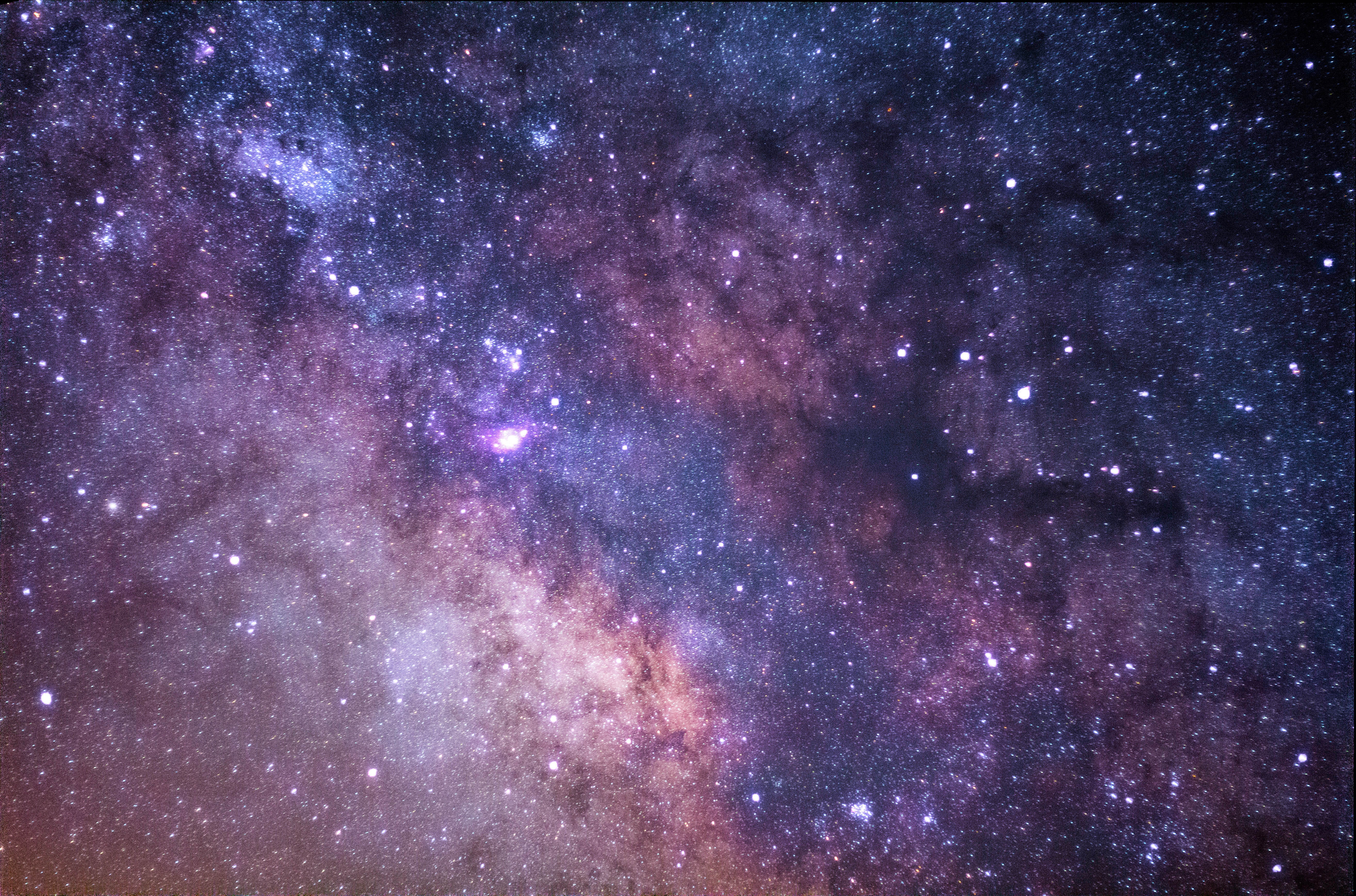Our galaxy, the Milky Way, is typical: it has hundreds of billions of stars,
enough gas and dust to make billions more stars, and at least ten times
as much dark matter as all the stars and gas put together. And it’s
all held together by gravity.
Galaxies

Like more than two-thirds of the known galaxies, the Milky Way has a spiral shape. At the center of the spiral, a
lot of energy and, occasionally, vivid flares are being generated. Based on the immense gravity that would be
required to explain the movement of stars and the energy expelled, the astronomers conclude that the center of
the Milky Way is a supermassive black hole.
Formation
After the Big Bang, the Universe was composed of radiation and subatomic particles. What happened next is up
for debate - did small particles slowly team up and gradually form stars, star clusters, and eventually
galaxies? Or did the Universe first organize as immense clumps of matter that later subdivided into
galaxies?
Collisions
The shapes of galaxies are influenced by their neighbors, and, often, galaxies collide. The Milky Way is itself
on a collision course with our nearest neighbor, the Andromeda galaxy. Even though it is the same age as the
Milky Way, Hubble observations reveal that the stars in Andromeda's halo are much younger than those in the
Milky Way. From this and other evidence, astronomers infer that Andromeda has already smashed into at least one
and maybe several other galaxies.


